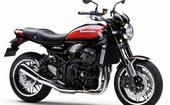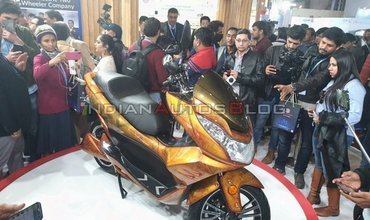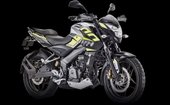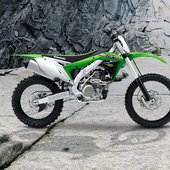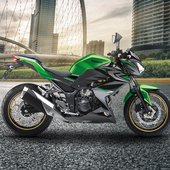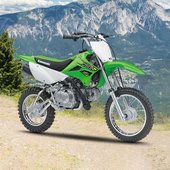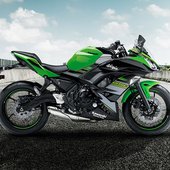Kawasaki Ninja 300 to have an electric-powered sibling
From the past few weeks, the Japanese bike maker Kawasaki has been in the news as they are moving towards the electric vehicle segment. February this year, the company was spotted patenting a unique ram-air style cooling method for an electric powerplant. Afterwards, reports surfaced that Kawasaki came into partnership with other bike brands like Honda, Suzuki and Yamaha regarding the unification of standard for an electric bike. Now the company has patented images of the electric Ninja 300 and a battery swapping technology which has been flooded over the internet.
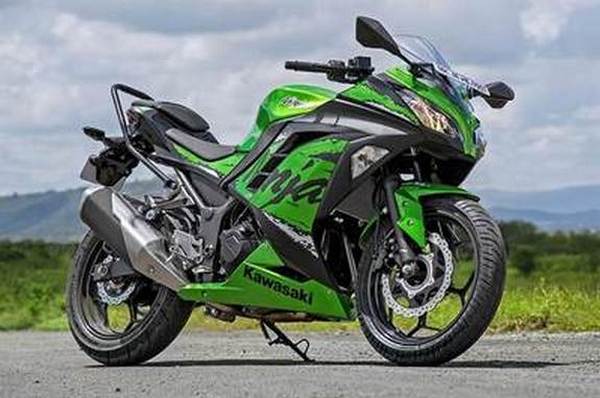
Kawasaki has used the Ninja 300 in their patents to illustrate electric technology.
Documents reveal that Kawasaki has filled these patents back in 2013, which means that the motorcycle brand had a very clear vision for the upcoming electric vehicle segment. Kawasaki has used the Ninja 300 in their patents to illustrate electric technology. These patents are more likely about electrical components and technology than the motorcycle. The first patented image showcases that the Kawasaki Ninja 300 employs upside-down forks, L-shaped battery compartment where the engine is placed in the normal bikes. Moreover, the electric motor is placed at the gearbox compartment of conventional motorcycles.
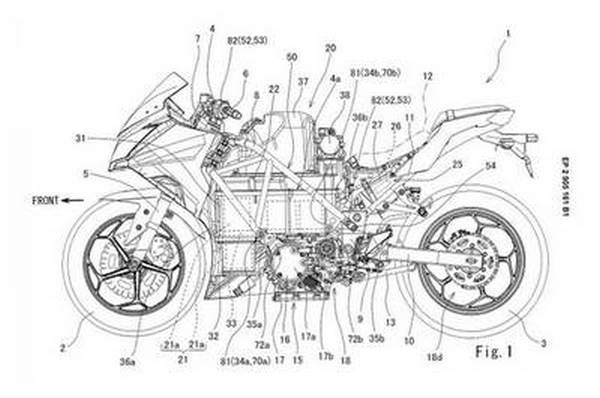
The motorcycle gets L-shaped battery compartment where engine of normal bikes is placed.
The second image exhibits the design of a dolly which is used for swapping a battery pack. The swappable battery packs are getting quite popular as the lithium-ion batteries are sized decently and they are not quite powerful to provide sufficient amount of energy to down clock long distances. A dolly used for battery swapping also signifies that these lithium-ion batteries would carry some serious amount of weight. The second image also reveals that one must unbolt the left side fairing of bike to interchange the battery packs. We really don’t know about the capabilities of these lithium-ion batteries. The thing we people know is that the Japanese bike maker is all-set to give an edge to edge competition to its EV rivals.
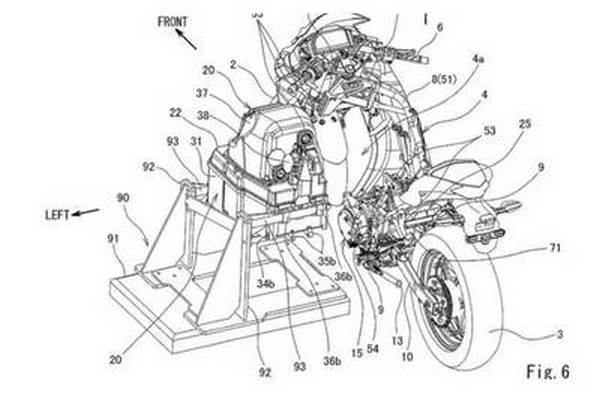
This motorcycle may need a dolly for swapping of lithium-ion batteries.
Powering the Kawasaki Ninja 300 is 296cc, fuel-injected unit which develops 39 bhp of power and 27 Nm of peak torque. The transmission duties are done by 6-speed manual gearbox. And the motorcycle provides an ARAI fuel efficiency of 25 kmpl. The Kawasaki Ninja 300 is the most affordable two-cylinder motorcycle which is retailed at Rs 2,98,000 (ex-showroom, Delhi).
Latest News
-
Okinawa Cruiser Electric Maxi-scooter Showcased At Auto Expo 2020
The Japanese two-wheeler manufacturer Okinawa has revealed the Crusier electric maxi-scooter at the Auto Expo 2020. The company is planning to introduce the scooter into the Indian market by the second half of this year.


